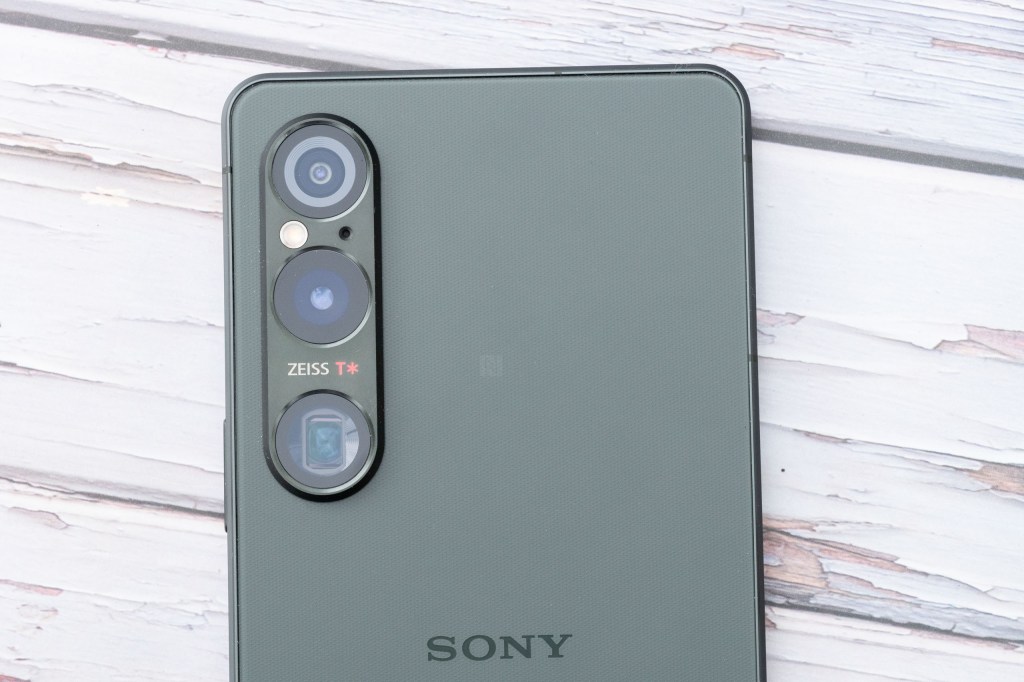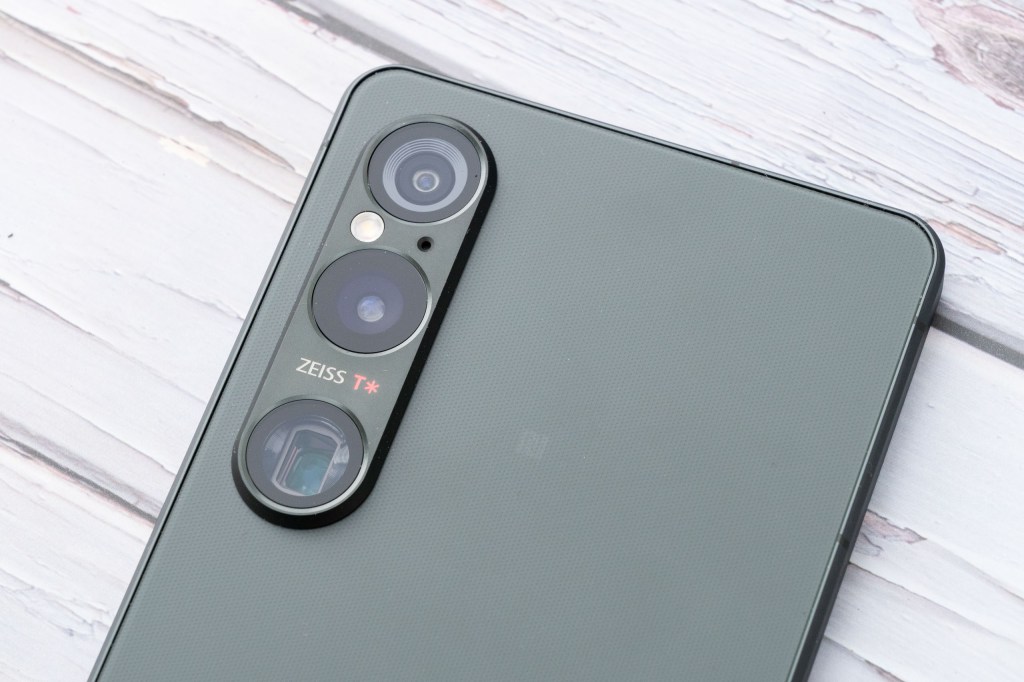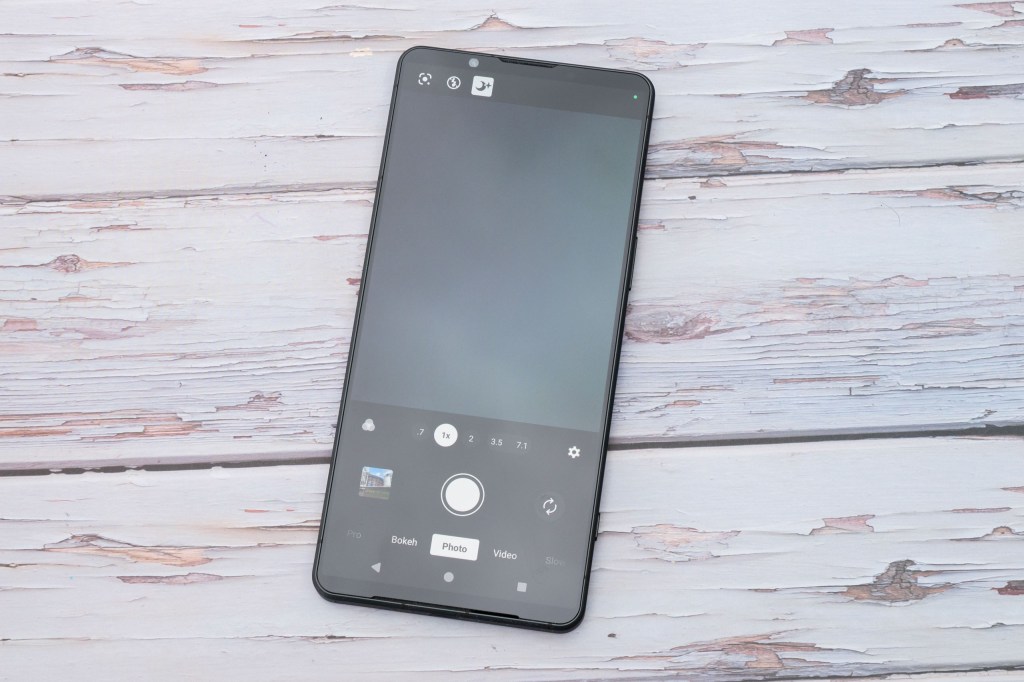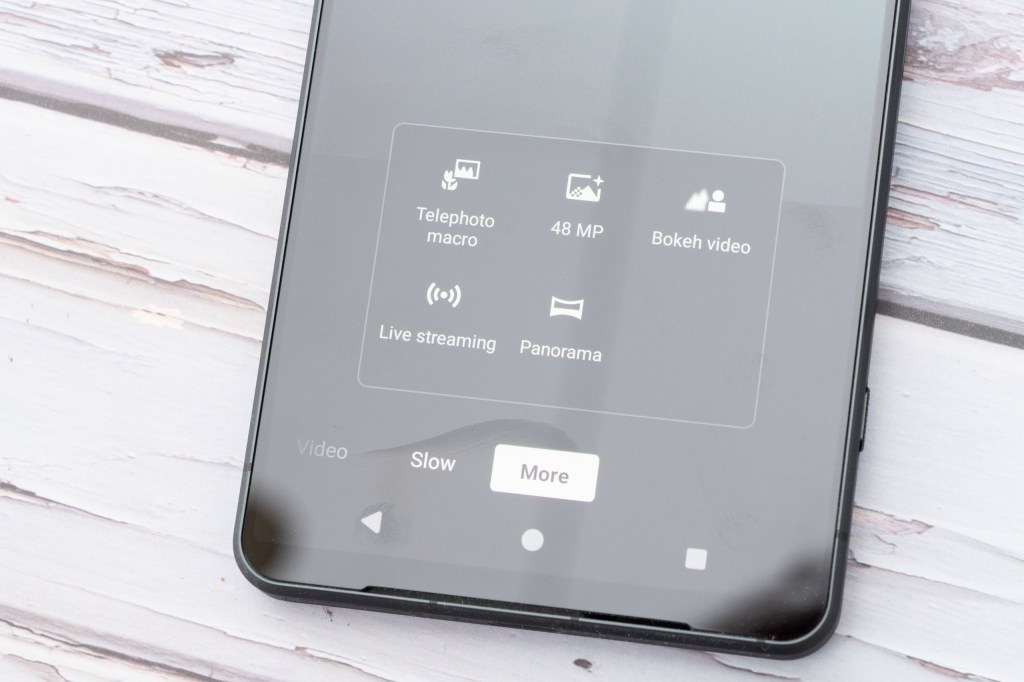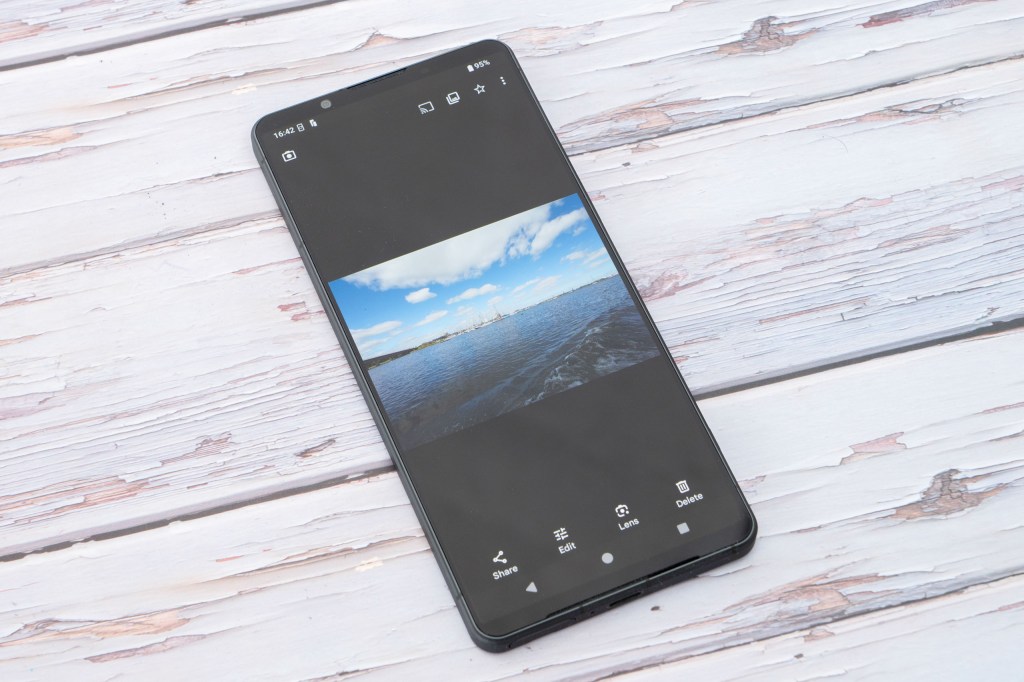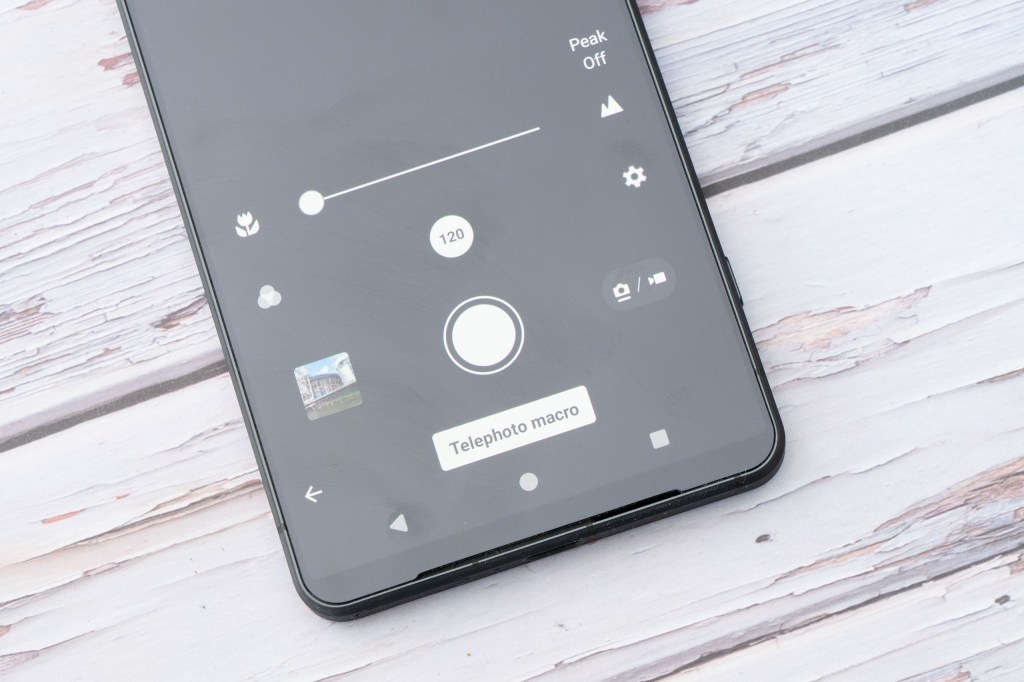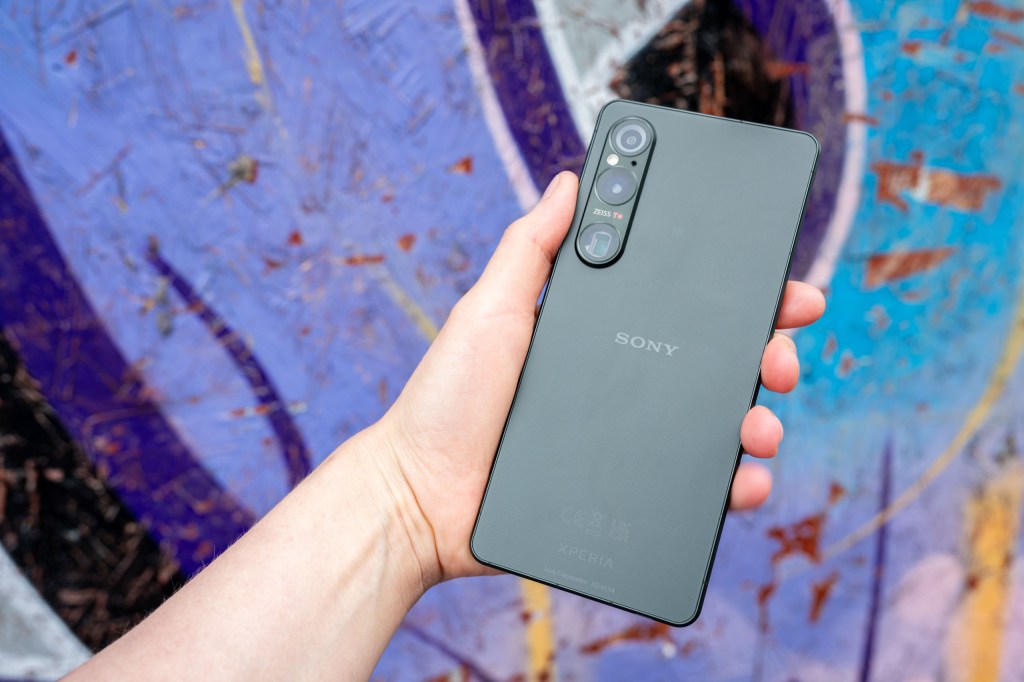Amateur Photographer verdict
It can produce some good results in certain conditions, and gives you lots to work with if you want those manual controls, however it lags behind other flagships- Good battery life
- Micro SD card compatibility
- Improved shape over 1 V
- Improved native camera app
- Zoom lens remains disappointing
- Night mode still not great
- Portrait (bokeh) mode could be better
- Updates only guaranteed for a short period
It’s safe to say that we haven’t been the kindest to previous iterations of the Sony Xperia 1 series, but as ever, we always hope that the next version will finally be the one to change everything, silence the critics (me), and most importantly, take some really good pictures. I would really like to see a model making it to our best camera phones for photographers list for once.
To date, Sony hasn’t lived up to its otherwise excellent reputation when it comes to smartphones. It also doesn’t enjoy very much success in the way of sales. It’s certainly nowhere near as popular as Apple, Samsung, or even smaller producers such as Google and Xiaomi.
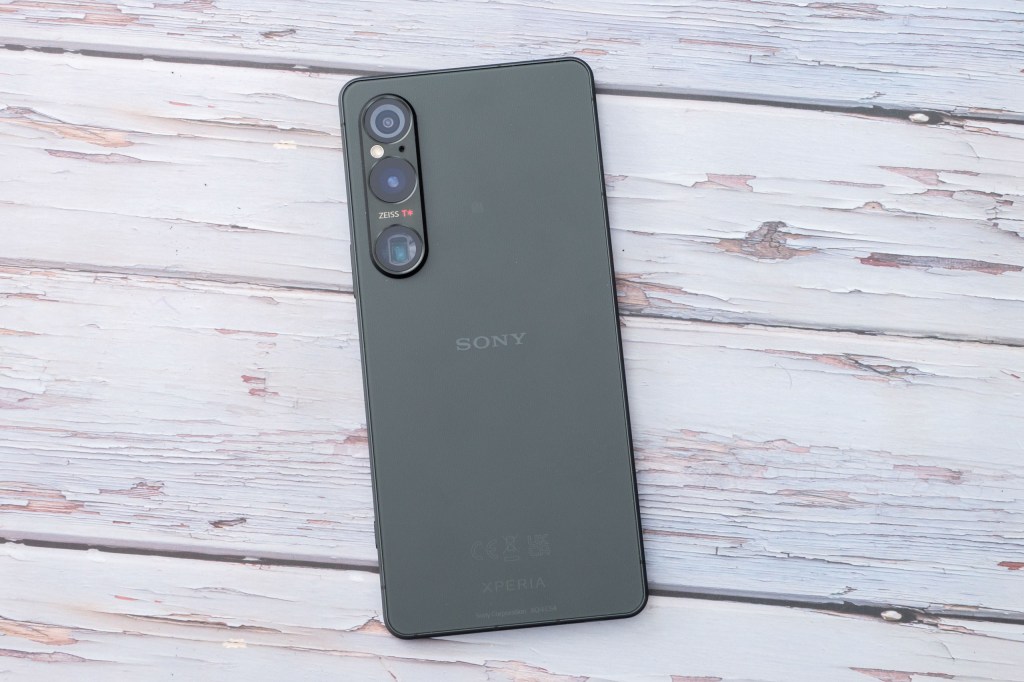
Sony Xperia 1 VI at a glance:
- Price as reviewed: £1,29948MP 24mm f/1.9 wide camera
- 12MP 16mm f/2.2 ultrawide camera
- 12MP 85-170mm f/2.3-3.5 telephoto (zoom) camera
- 6.5” FHD+ OLED, 120Hz
- 4K video at 120fps
- Android 14
- Processor: Snapdragon 8 Gen3 Mobile Platform
- Sony.com
How we test smartphones
We review smartphones from the perspective of choosing a smartphone for its photography and camera performance, so we’ll be starting by looking at what the Sony Xperia 1 VI offers in terms of cameras and what features are included for photography and video.
It’s always been baffling to me just how underwhelming Xperia models are. Especially considering Sony makes some of the very best mirrorless cameras and lenses, along with other technology such as screens, and the fact that it makes sensors for plenty of the other well-performing smartphones out there.
Last year’s Xperia 1 V is the predecessor to the VI, and while it was an improvement on the Xperia 1 IV, there was still plenty of faults to find with it. So it’ll be interesting to see what’s changed for the VI.
Sony Xperia 1 VI – Features
When it comes to features, there hasn’t actually been a huge step change in what’s on board. We still have a triple lens setup, which features a 52MP main sensor (48 megapixels effective). It still uses pixel binning to output images to 12MP as standard. The lens is also the same last year’s, with a 24mm f/1.9 lens in front of the sensor. Last year, Sony was claiming that the 1 V has comparable image quality to a full-frame sensor – I haven’t seen such claims this time around, but presumably that’s still true.
The ultrawide lens appears to be the same as last year’s, and one that has been hanging around for a few generations now. You get a 12MP sensor in front of a 16mm f/2.2 lens – this is not as wide as most others on the market, which are usually 13/14mm. A difference from last year is that the zoom lens is now 85-170mm, instead of 85-125mm, so you’ve got a bit of extra reach. Aperture ranges from f/2.3-f/3.5, as opposed to f/2.3-f/2.8 for the 85-125mm. I was less than impressed with the zoom lenses on the previous two Xperia 1 models, so hopefully things have improved somewhat here.
We still don’t have 8K video, but we do have 4K at a range of frame rates, topping out at 120fps – that frame rate at 4K is still fairly unusual for a smartphone. You can also record in full HD if you like.
Just like last year, we’ve got 30fps shooting available – and, just like last year – I remain absolutely bewildered why anybody needs this on a smartphone, but hey it’s there if you want it.
There’s a 5000mAh battery, which is the same specification as the 1V, but Sony says this should deliver better battery life than before to last up to two days. This is likely because the 4K screen has been downgraded, which some may consider to be a bad trade off, while others will welcome the extended battery life.
Fast charging and wireless charging is possible, but you’ll need to buy separate chargers for that. 256GB storage is included, but one excellent thing about the 1 VI is that you can use microSD cards to expand your storage, rather than having to spend extra on a higher capacity phone. There’s also a traditional 3.5mm headphone jack, which people love for a variety of reasons, but it’s particularly handy for content creators using traditional / non USB-C microphones and other accessories.
Speaking of content creators, you can stream live to a number of popular platforms, including YouTube and Facebook, directly from the native camera app, while the Product Showcase feature makes it easy for those showing off products in their videos to get the focusing accurate when switching between the product and the presenter.
A feature which might be useful to those shooting with Sony Alpha cameras is that you can use the Xperia 1 VI as an external monitor – this could theoretically be enough to tip the purchasing decision in its favour if you’re toying between another smartphone and this if it’s something you think you might use.
Although Sony has improved its commitment to updates (three years for OS, four years for security), that’s still a fairly poor show for anyone who likes to keep their phone for a decent length of time, buys second hand, or buys it quite some time after the initial release. Other big manufacturers offer much longer update periods, for example Google and Samsung gives you seven years of OS and security updates).
Sony Xperia 1 VI – Handling and Design
If you’ve read previous reviews of Xperia 1 series phones, you may recall reviewers complaining about the skinny screen, well, good news, Sony has finally listened and done something about that.
The screen is still 6.5”, but it’s now got a 19.5:9 FHD+ display, instead of a 21:9 4K display. Dimensions wise, that might not sound like a big difference, but it makes it much easier to use as an actual phone. I guess if you’re somebody that likes to watch films and play games on your phone, you may be disappointed, but for everyday tasks it’s a big improvement. The dropping down from 4K to FHD+ might also be a disappointment too, as for many it was a unique selling point of the older version, but, it’s what help keeps the battery life so long, and, importantly it’s still the brightest screen seen on an Xperia yet. It also has the new “Sunlight Vision” feature, which is designed to handle bright environments pretty well (I’d love to test that out properly, but I live in Britain).
Aesthetically, I don’t find this phone hugely pleasing, but I will say it at least has a satisfying heft to it which helps it to feel reasonably expensive compared to some of the much cheaper models out there. The design is relatively staid, with a matte back and muted colours. Others might like that simple or utilitarian approach, but I think it’s safe to say that many others on the market are more exciting. One thing I do like is that it doesn’t attract mucky fingerprints on the back like others do, so that’s something.
Looks aside, it’s got Corning Gorilla Glass Victus 2 on the front for toughness, and it’s got an IP68 rating which in theory means it’s water and dust resistant – Sony warns you not to completely submerse it though, unlike other smartphones with similar ratings.
Sony Xperia 1 VI – Native camera app
A fair amount of the criticism for older models of the Xperia 1 series came via its native camera app. There is some good news here in that Sony seems to have taken that on board and improved things dramatically.
Gone is the complex and convoluted old way of doing things – for example having multiple different apps to do things – and a much more streamlined app with various shooting modes is now present instead. For example, Sony has got rid of the “basic” and “auto” modes, instead giving us a standard “Photo” option. There’s now a “Pro” mode which houses P/S/M options, rather than them all being accessed separately. In other words, it seems as if Sony has tried to stop pretending that this is a regular camera and made it much more like we’re used to from other smartphones.
Portrait mode is still called “bokeh” mode – which I guess is fair enough as you can also use it to create shallow depth of field effects with other subjects too. Night mode made an appearance in the 1 V, and is still here for the 1 VI – again, it’s not something you can select manually, but it automatically activates when the phone detects there’s not much light present.
Shooting quick videos is now something you can do by holding down the shutter button in the standard Photo mode – again, some common sense thinking has finally been applied, as video was hidden in another mode before, or accessed via a completely separate app. There is a new separate video mode for the 1 VI standard app, which gives you options to shoot in various resolutions and frame rates.
In the new Pro mode, you can adjust shutter speed, exposure compensation and ISO if you’re in S or M mode (note that since you can’t adjust aperture, the difference between shutter priority and manual mode is that you can’t adjust ISO with shutter priority), or just exposure compensation if you’re in P mode. You can also adjust things like metering, white balance, focusing type and choose to shoot in raw format.
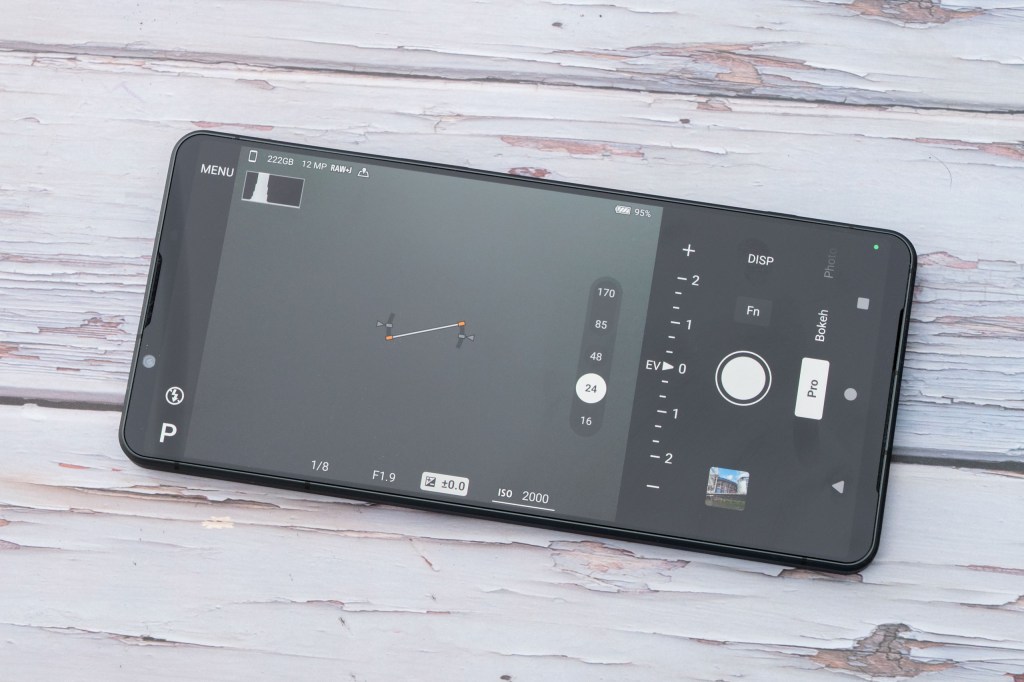
It took Sony a while to give us a rotating display that meant that the on-screen display matched whichever format you were shooting in (landscape or portrait). We got it last year, but at the expense of a shutter button disappearing when you rotated it in landscape. Finally however, for this incarnation, we now have both a rotating display and the shutter button staying on screen when you do. Perhaps you really can have it all, sometimes.
Another first for Sony is the addition of a macro mode. With this, you can either move your phone close to the subject and the automatic mode will engage (and the phone will switch to the ultrawide), or, you can switch on telephoto macro and use the telephoto lens for your close-up shots. With this, you’re left with manual focusing only, which can be a little tricky to master, but you do have the option to switch on Focus Peaking to help you out. With Focus Peaking you’ll see that as you move the focus slider up and down, areas which are sharp display a coloured outline. Manual focusing can be tricky when you’re photographing close-ups outside, such as flowers. You might find that you’ve nailed the focus, only for a slight breeze to come along and change the position of your subject and you’ll have to start again. For indoor static objects like miniatures and food, it’s much better though.
The default output for every sensor is 12MP, but you can now shoot in the full 48MP with the main sensor if you want to – you’ll find this in the “more” tab. You get limited control over settings if you do this, and you can’t shoot at the higher resolution in Pro mode.
Sony Xperia 1 VI – Image Quality and Performance
One day I’ve love to write a glowing endorsement of the Sony Xperia 1 VI, after it has seriously impressed me with its image quality. Sadly, today is not that day.
The best images from the Xperia 1 VI come from the 1x lens, as we’d expect. It displays good colours most of the time, with a decent amount of detail. The output suffers a little from oversharpening if you examine closely, but for looking at on your smartphone screen only that’s not a huge problem. That said, even with the 1x lens there are some fairly big problems when shooting in the standard Photo mode – for example, sometimes you might find if there’s a person moving in the shot, you get a ghosting effect as the camera is presumably firing off multiple shots to create an HDR effect then merging them, badly. I also found it happened with the ultrawide lens too. It’s not something that mars every shot, but it’s not something I see from other phones at all. I could find no way to switch off HDR shooting, but you can switch to the Pro mode instead if you’re finding it to be a problem – of course this requires you to notice the ghosting as you’re shooting, rather than some time later.
It’s also the case that the phone doesn’t tend to cope well with very bright, high contrast shooting situations. If we compare this shot here with the same taken on an iPhone 15 Pro Max (a phone I happened to also have with me at the time, not chosen for any special reason), the overall exposure is much better on the iPhone – both are taken in standard Photo mode with no adjustments made. You can get better results if you take control in Pro mode and adjust every parameter yourself – just as you might with a “regular” camera. It seems therefore, if you just want to let the phone get on with it, you might be disappointed compared to other models. Sony claims that this is because the phone is aimed at a more advanced audience, but, I still find it a bit frustrating that it can’t perform better in automatic mode – it’s what we’re all used to from smartphones these days.


The Sony Xperia 1 VI left in automatic mode can struggle with blown highlights compared to other models on the market. Image: Amy Davies
Using the ultrawide lens for landscapes and so on leaves you with some nice results, but again, if you examine closely there’s some less than impressive smudging going on, particularly it seems on the left hand side of images. Again, it’s debatable who is closely examining this type of image, but it’s disappointing none-the-less from a phone at this price point.

The zoom lens was mediocre before. Increasing the focal length to give you more reach has done little to change that. As I’ve said previously, I’d personally much rather have one (even better two) really good single focal length telephoto lens than a zoom lens that produces such underwhelming results. At the widest point of the telephoto lens the images are reasonable, but at its further reach they’re very smudgy and look not dissimilar to the digital zoom performances of other flagship models. The actual digital zoom at its full reach is not particularly impressive – but that’s true of most smartphones, so I won’t hold that against the phone.


So how about special modes? Night mode kicks in automatically, and while it performs reasonably well, it’s still bested by plenty of other models on the market, even cheaper ones, so it’s not one I’d overwhelmingly recommend for low light. Sony says this is because it’s keen to produce a more “natural” night time looking shot, and not one which makes 2am look like 2pm. Which is fair enough, but it does sometimes mean you can’t see anything at all.
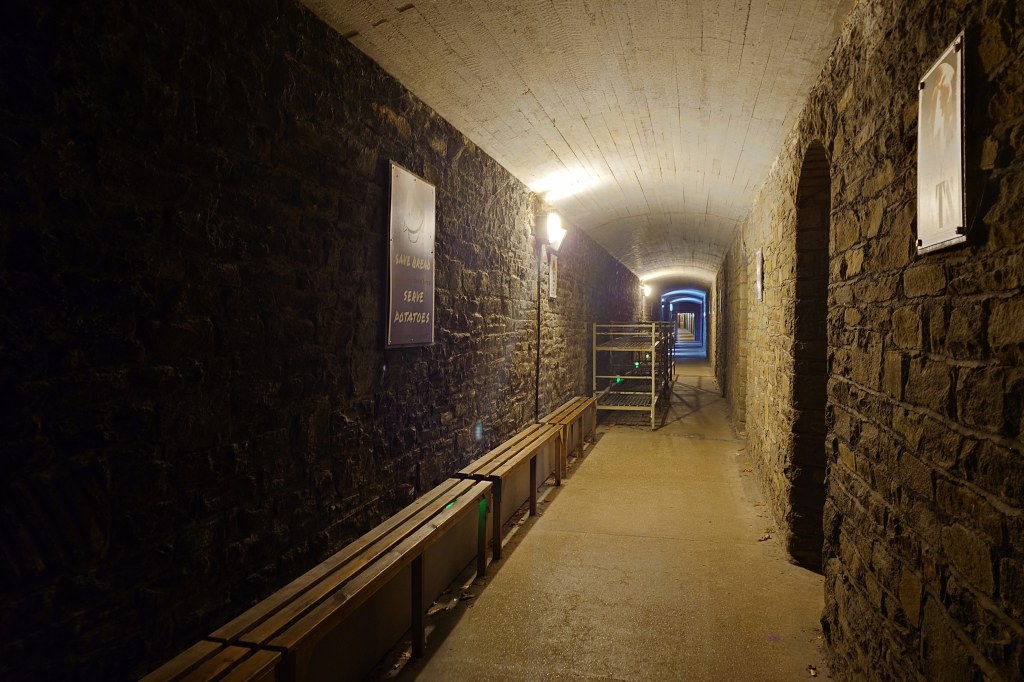
Portrait/bokeh mode is OK. It creates a shallow depth of field effect, but the outlines aren’t always the most realistic – plus if there’s anything that gets in the way (such as sunglasses) then you might see some strange renderings. One big positive is the eye-tracking, which is capable of following human and pet eyes around the scene, which it does on the whole very accurately. It’s great to make sure this is right in camera, rather than changing the focus point after the fact like I sometimes find myself doing with other models.


The selfie camera is again, OK, but it doesn’t have AF and so sometimes results are a little softer than I’d like. It also left me looking quite washed out compared with other models, which – I promise you – is not an accurate reflection of reality. As I recently discovered in my group test of best smartphones for selfies, the Sony isn’t the worst performer at this particular task out there (but it’s not the best either).

The two new macro shooting options give mixed results. The automatic one produces some OK results, especially if you’re just looking to get a quick snap of something quickly. The telephoto macro produces some nice results once you can get the hang of using the manual focusing (and presuming whatever you’re shooting is reasonably still). Either way, I’m pleased to see macro finally on the Xperia 1 series, it was long overdue. I still think the Xiaomi 14 Ultra (which also uses the telephoto lens, but has autofocus) is the best smartphone for macro right now.

Sony Xperia 1 VI – Value for Money
At £1299, the Sony Xperia 1 VI is one of the most expensive smartphones you can currently buy – particularly when you consider it only has 256GB inbuilt storage. It’s more expensive than an iPhone 15 Pro Max (£1099 for 256GB), more expensive than a Google Pixel 8 Pro (£999 for 256GB) and even more expensive than the notoriously expensive Samsung S24 Ultra (which at its current price of £1099 for 256GB isn’t even that highly priced anymore). Is it better than all of these? Is it better than *any* of these? For photography at least, no it is not.
The only other big-name smartphone on the market at the same price at the moment is the Xiaomi 14 Ultra, which is also £1299 but offers 512GB inbuilt storage. By my reckoning, the Xiaomi 14 Ultra is the best smartphone for photographers in the world right now, so while that’s expensive, it does more than the Sony to justify such a high price tag.
You’ve also the problem that if updates aren’t guaranteed past 2027/8, then your Sony becomes harder to sell in the future, and it won’t have the cachet of a Samsung or an iPhone for resale either.
With all that in mind, it’s hard to conclude that the Xperia 1 VI represents anything like good value for money compared to others on the market. Unless you really want a Sony smartphone, you will get more for your money elsewhere.
Sony Xperia 1 VI – Verdict
I know I’m probably going to get it in the neck from the very loyal Xperia fans on this one, but sadly I remain a little disappointed by the latest flagship device here. If this was an £800 phone, then I’d be more forgiving. But, the fact that it’s a super-expensive device from a company which I know should be capable of producing much better results leaves me, once again, fairly cold.
That’s not to say that the Xperia 1 VI is inherently bad. It’s not. It can produce some good results in certain conditions, and gives you lots to work with if you want those manual controls, and it’s got some neat tools for streaming and content creation. But there are just too many problems to give it too much of a glowing endorsement, and the competition out there just beats it far too readily, especially if your primary aim is to easily take high-quality photos.
If you really like Sony smartphones, or you need something it specifically does, then you will likely be very happy with the 1 VI. Otherwise, I can’t in all good conscience recommend this to the majority of ordinary photographers (again, please don’t hate me).
The good news is that improvements have been made, and some of them are big. There’s finally a macro mode! There’s finally a decent native camera app! Perhaps in another couple of generations we’ll finally get the perfect phone I want and I can stop complaining. Right now however, there is better out there – especially at this very high price point.
For those who like Android, the best at the moment is the Xiaomi 14 Ultra, or the Samsung S24 Ultra if you prefer something from a “big name”. With either of those you get four well-performing lenses (particularly so with the Xiaomi), rather than two plus a mediocre zoom. You also get much better night, portrait and macro modes. Don’t forget to check our guide to the best smartphones for photographers for more recommendations.

Specifications
| Ultra-wide camera: | 12MP 1/2.5” Exmor RS, 16mm f/2.2 equivalent |
| Wide camera: | 48MP (effective) 1/1.35” Exmor T, 24mm f/1.9 equivalent |
| Telephoto camera: | 12MP 1/3.5” Exmor RS 85-170mm f/2.3-f/3.5 equivalent |
| Front selfie camera: | 12MP 1/2.9” Exmor RS 24mm f/2.0 equivalent |
| Display: | 6.5” FHD+ HDR OLED (2340 x 1080) ,120 Hz |
| Operating system: | Android 14 |
| Dimensions: | 162 x 74 x 8.2mm |
| Weight: | 192g |
Related reading:
- Sony Xperia 10 V review
- Compact Sony Xperia 5 V launched with Exmor T sensor
- Sony Xperia 1 V Review – 5th time lucky?
Follow AP on Facebook, Twitter, Instagram, YouTube and TikTok.


